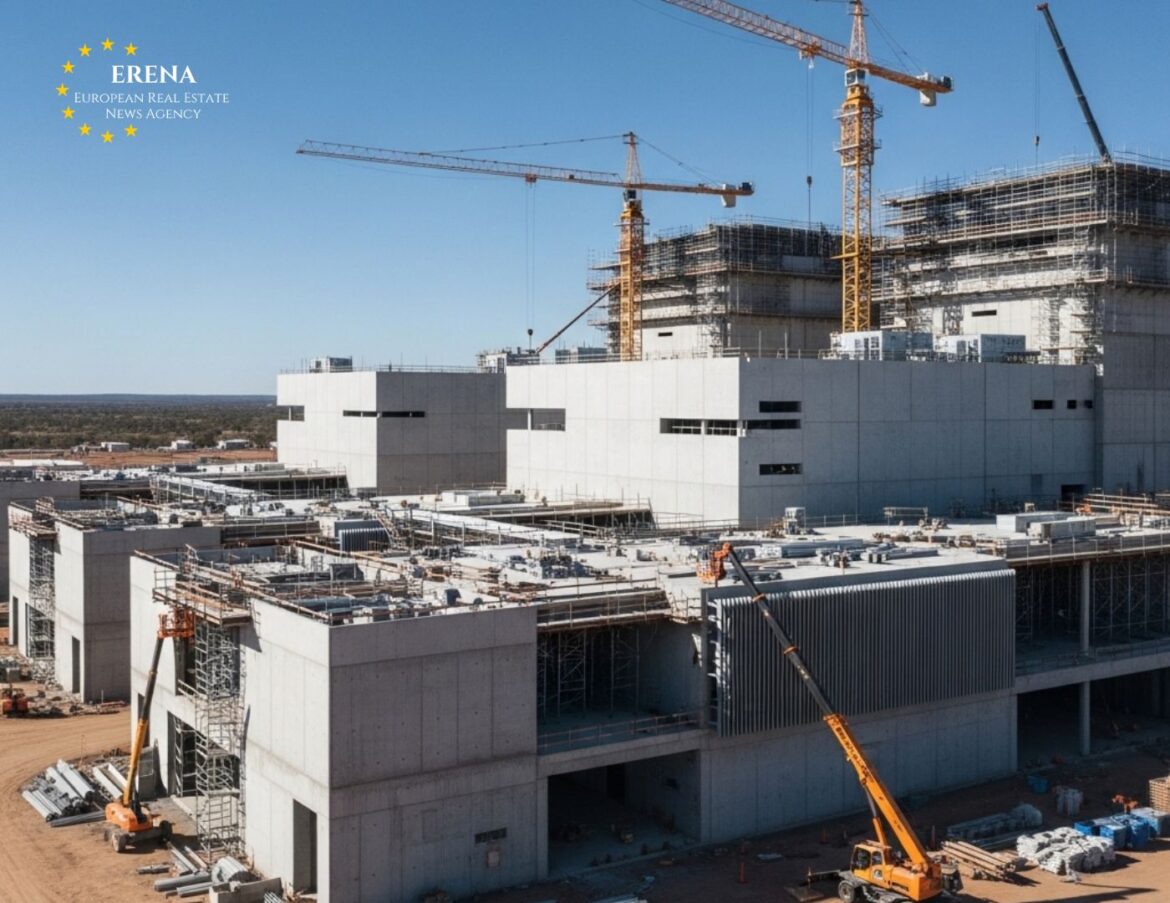Amazon Web Services (AWS), the cloud computing arm of tech giant Amazon, has announced an ambitious initiative to construct the largest cloud hub in Australian history. Valued at approximately €13 billion, the project aims to establish high-tech infrastructure capable of supporting the country’s growing digital economy while reinforcing AWS’s strategic presence in the Asia-Pacific region.
Project Scale and Location
The cloud hub will be built in the Melbourne area of Victoria. This location was strategically selected due to its advanced telecommunications infrastructure, a high concentration of technology companies, and strong support from local government. AWS plans to develop a full-scale campus consisting of multiple data centers, energy-efficient cooling systems, innovative backup power solutions, and secure communication channels.
This facility is set to become the largest cloud hub not only in Australia but also in the Southern Hemisphere. Its capacity will be sufficient to serve government agencies, the private sector, startups, and international clients with stringent demands for data reliability, speed, and security.
Economic and Social Impact
According to estimates from the Victorian government, the project will create around 11,000 jobs, including direct roles during construction and long-term positions in IT, maintenance, security, and logistics. Additionally, the region is expected to benefit from a significant boost to small and medium-sized businesses that provide building materials, software, engineering solutions, and telecom services.
The initiative is seen as a key step in accelerating the digital transformation of the Australian economy, with long-term benefits for employment, innovation, and regional competitiveness.
Strategic Importance for AWS
For AWS, this move marks a significant expansion in one of the world’s fastest-growing cloud markets. Australia, as a technological hub in the Asia-Pacific region, plays a crucial role in AWS’s global strategy to build decentralized and resilient data centers closer to end-users.
The first phase of the project is expected to be completed by 2027, with potential for further expansion depending on market demand. The new infrastructure will support existing AWS services (like EC2, S3, and RDS) as well as emerging technologies based on artificial intelligence, machine learning, and quantum computing.
Sustainability and Energy Efficiency
The project aligns with Amazon’s commitment to achieving net-zero carbon emissions by 2040. The hub will run on renewable energy sources, including solar and wind farms being constructed alongside the data center campus. Engineering solutions will feature heat reuse systems, low-water cooling technologies, and real-time energy management tools.
Amazon also plans to invest part of the budget in developing proprietary renewable energy capacity to power not only the data centers but also adjacent residential and commercial facilities.
Government Support
The Australian federal government and the state of Victoria have expressed full support for the initiative, offering tax incentives and infrastructure guarantees. In return, AWS has committed to investing in workforce training and social programs.
The government also plans to utilize part of the center’s capacity for public sector needs, such as data storage, analytics, cybersecurity, and digital transformation.
Competitive Landscape
Amazon’s aggressive expansion into Australia intensifies competition in the cloud computing market. Key rivals such as Microsoft Azure and Google Cloud are also investing heavily in the region, but the scale of AWS’s project provides it with a clear edge. According to Synergy Research, AWS currently holds around 30% of the Australian cloud market, and the new hub is expected to further solidify this position.
Experts caution that the expansion must be accompanied by clear regulatory frameworks governing data protection, cybersecurity, and transparency around foreign investment.
Educational and Workforce Development
One key component of AWS’s investment is a commitment to training and upskilling the local workforce in cloud technologies. AWS has already announced partnerships with several Australian universities, including the University of Melbourne, to launch training programs in DevOps, cloud architecture, data analytics, and cybersecurity.
Additionally, a dedicated on-campus training facility will be built to host certification programs, workshops, and hackathons.
Future Outlook
The €13 billion investment in Australia’s digital infrastructure is not just a milestone for AWS but also a strategic move for the broader region. The new cloud hub will accelerate the deployment of 5G, the Internet of Things (IoT), autonomous systems, and smart city solutions. It will also enable the export of digital services to New Zealand, Southeast Asia, and Oceania.
AWS leadership is confident that the project will become a model for technological innovation, environmental responsibility, and social engagement.
Conclusion
Amazon Web Services is making a definitive statement with its €13 billion investment in building Australia’s largest cloud hub. This bold initiative will reshape the digital infrastructure landscape, create thousands of new jobs, enhance the region’s technological independence, and speed up the transition to a sustainable, knowledge-driven economy.
The project is poised to serve as a catalyst for Australia’s digital transformation, helping the nation become a key player on the global cloud computing map.

